Understanding Fire Pumps and Why ASAP Fire Sprinkler Protection is the Best Choice for Installation
Be Safe and Maintain Your Property
Fire safety is an essential aspect of building construction, and one of the most critical components of an effective fire protection system is the
fire pump. A fire pump plays a key role in ensuring that your fire sprinkler system functions correctly, especially in situations where water pressure from the main water supply is inadequate to support the system during an emergency. If you’re building a new structure or upgrading an existing one, installing a reliable fire pump is crucial for maintaining safety and adhering to fire protection regulations.
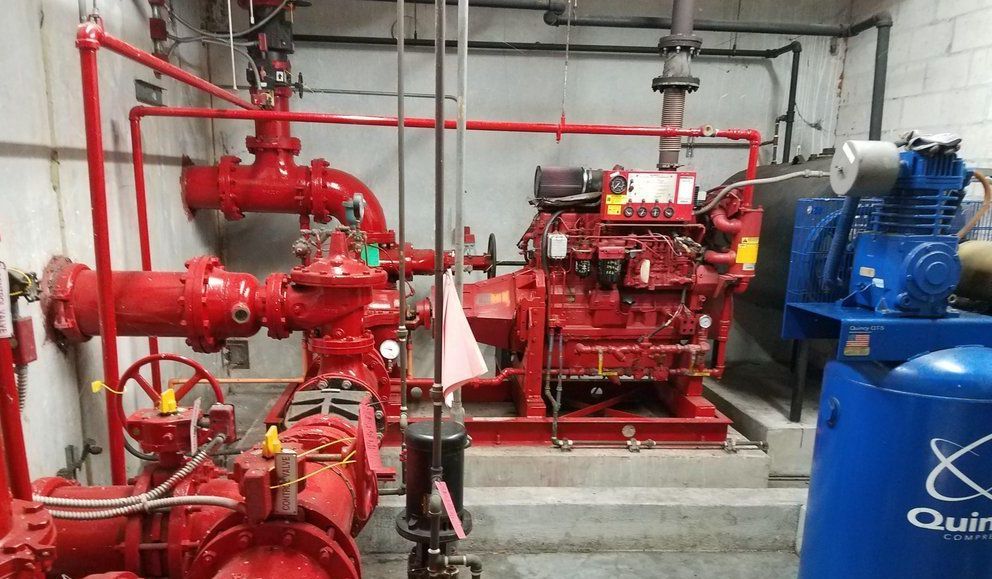
What is a Fire Pump and How Does it Work?
A fire pump is a part of the sprinkler system that provides high-pressure water to fire sprinklers when needed. It draws water from a water source, such as a water tank or a city water supply, and boosts the pressure so that the sprinkler heads can release water with enough force to suppress or control a fire. Fire pumps are typically powered by electricity or diesel fuel and are automatically triggered when the sprinkler system detects a fire.
Here’s a breakdown of
how a fire pump works:
- Activation: When a sprinkler head is triggered by heat from a fire, the drop in pressure within the system signals the fire pump to activate.
- Water Flow: The fire pump pulls water from the main source and pressurizes it, delivering it through the sprinkler pipes.
- Consistent Pressure: The fire pump ensures that even in areas with low water pressure, the sprinkler system has enough force to function effectively, dousing flames and controlling the spread of the fire.
Without a fire pump, many sprinkler systems would be unable to deliver water with sufficient pressure, particularly in larger buildings or those with multiple floors. This makes fire pumps an essential part of fire protection in both commercial and residential properties.
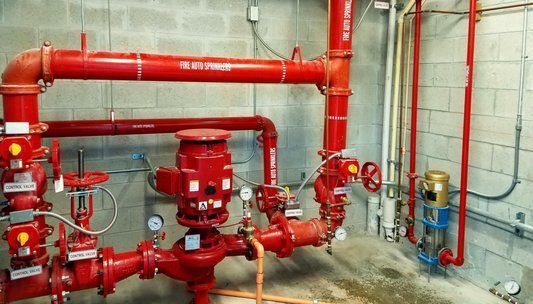
Why Fire Pumps Are Essential
In many buildings, the existing water pressure is not enough to meet the requirements of a fully functioning sprinkler system. This is especially true for taller structures, where water needs to travel up multiple stories, or in large industrial complexes, where extensive sprinkler systems need significant water flow. In these cases, a fire pump is not just useful—it’s mandatory to ensure the safety and effectiveness of your fire protection system.
Moreover, fire pumps are essential for maintaining compliance with local and national fire safety codes, including those set by the National Fire Protection Association (NFPA). Ensuring that your building is properly equipped with a fire pump can help protect lives, minimize property damage, and prevent fines or penalties associated with non-compliance.
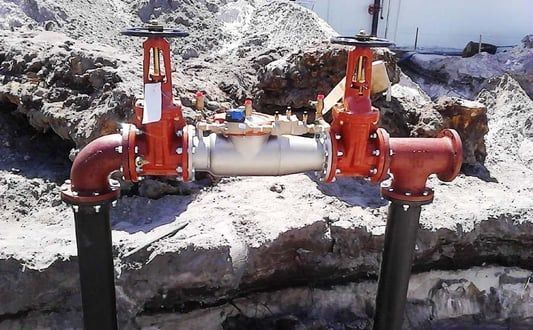
ASAP Fire Sprinkler Protection’s Fire Pump Installation Service
At ASAP Fire Sprinkler Protection, we specialize in fire pump installation for both new and existing buildings. Whether you’re constructing a new facility or upgrading the fire safety features in an older structure, our team of experts is equipped to install a reliable fire pump system that meets all local, state, and national
fire safety regulations.
- New Installations: For new construction projects, ASAP Fire works closely with contractors and building owners to design and install a fire pump system that integrates seamlessly with your overall fire protection plan. Our team will assess the size and layout of your building to determine the appropriate pump size and capacity.
- Upgrading Existing Systems: If you’re upgrading or retrofitting your fire protection system, we can install a fire pump in an existing structure to ensure that your sprinkler system is functioning at its best. This can be especially important if you’ve made structural changes to your building or if the current system is outdated and no longer meets code.
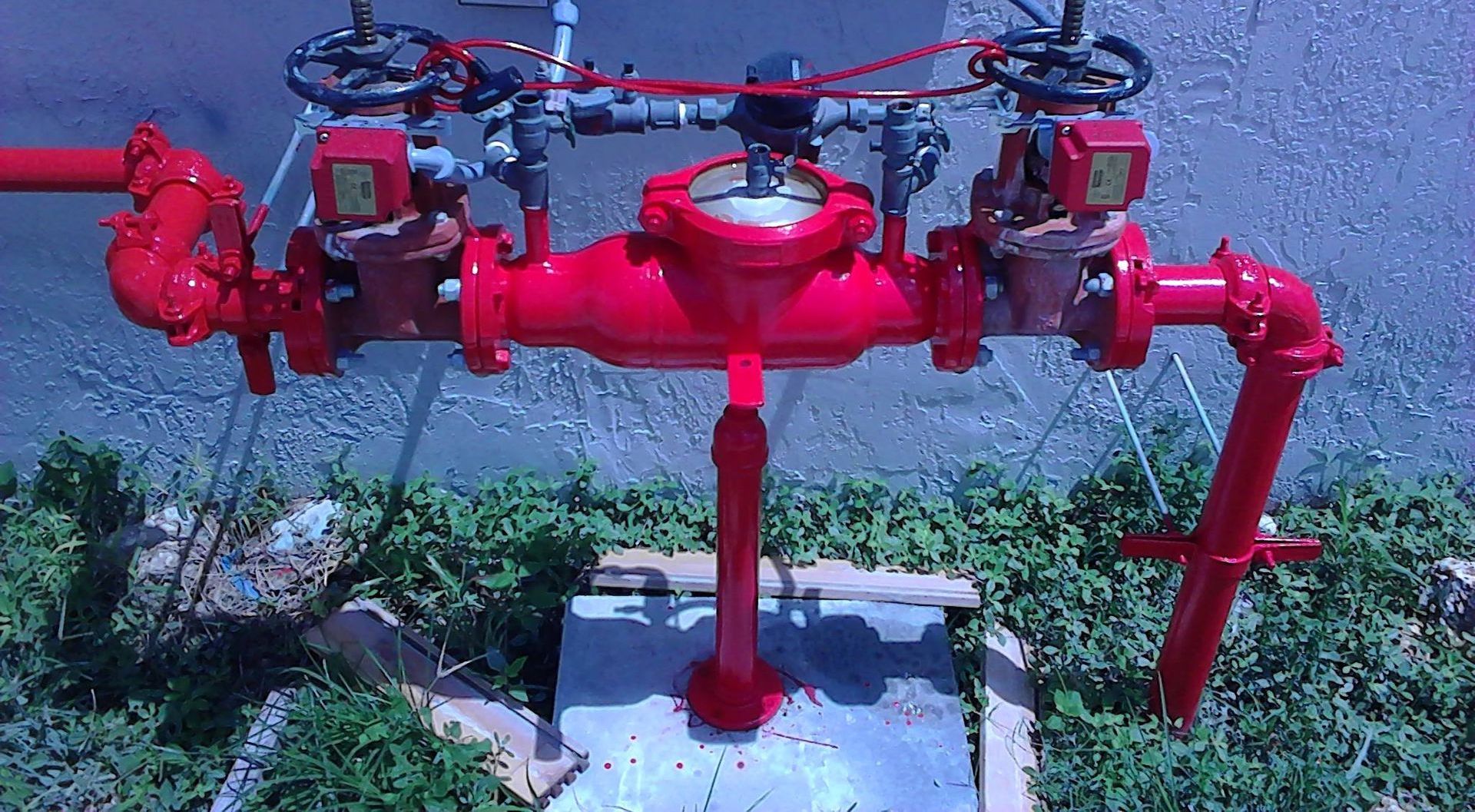
Regular Testing and Inspections
Once installed, fire pumps must be regularly tested and inspected to ensure they function correctly in the event of a fire. At ASAP Fire Sprinkler Protection, we provide ongoing testing and inspection services as required by law to keep your system up to code. This includes:
- Annual Performance Testing: We simulate fire scenarios to test the fire pump’s performance under emergency conditions, ensuring that it will deliver water pressure when needed.
- Inspection of Components: Our team checks the various components of the fire pump, including the power source, valves, and connections, to ensure they are all in proper working order.
- Compliance with Regulations: Our testing and inspections adhere to
NFPA 25, the standard for the inspection, testing, and maintenance of water-based fire protection systems, ensuring your system remains compliant with fire safety laws.

Why Choose ASAP Fire Sprinkler Protection?
At ASAP Fire Sprinkler Protection, we bring over 30 years of combined experience to every project, ensuring that your fire pump installation is done right the first time. Our team is licensed, bonded, and insured, and we pride ourselves on our commitment to safety and quality workmanship. We understand the importance of a reliable fire protection system and work diligently to provide installations that meet the highest industry standards.
Whether you’re installing a fire pump in a new building or upgrading an existing system, ASAP Fire Sprinkler Protection is here to help. We’ll guide you through every step of the process, from installation to regular testing and maintenance, ensuring your system is always ready when you need it most. Contact us today to learn more about our fire pump installation services and how we can help keep your building and occupants safe.

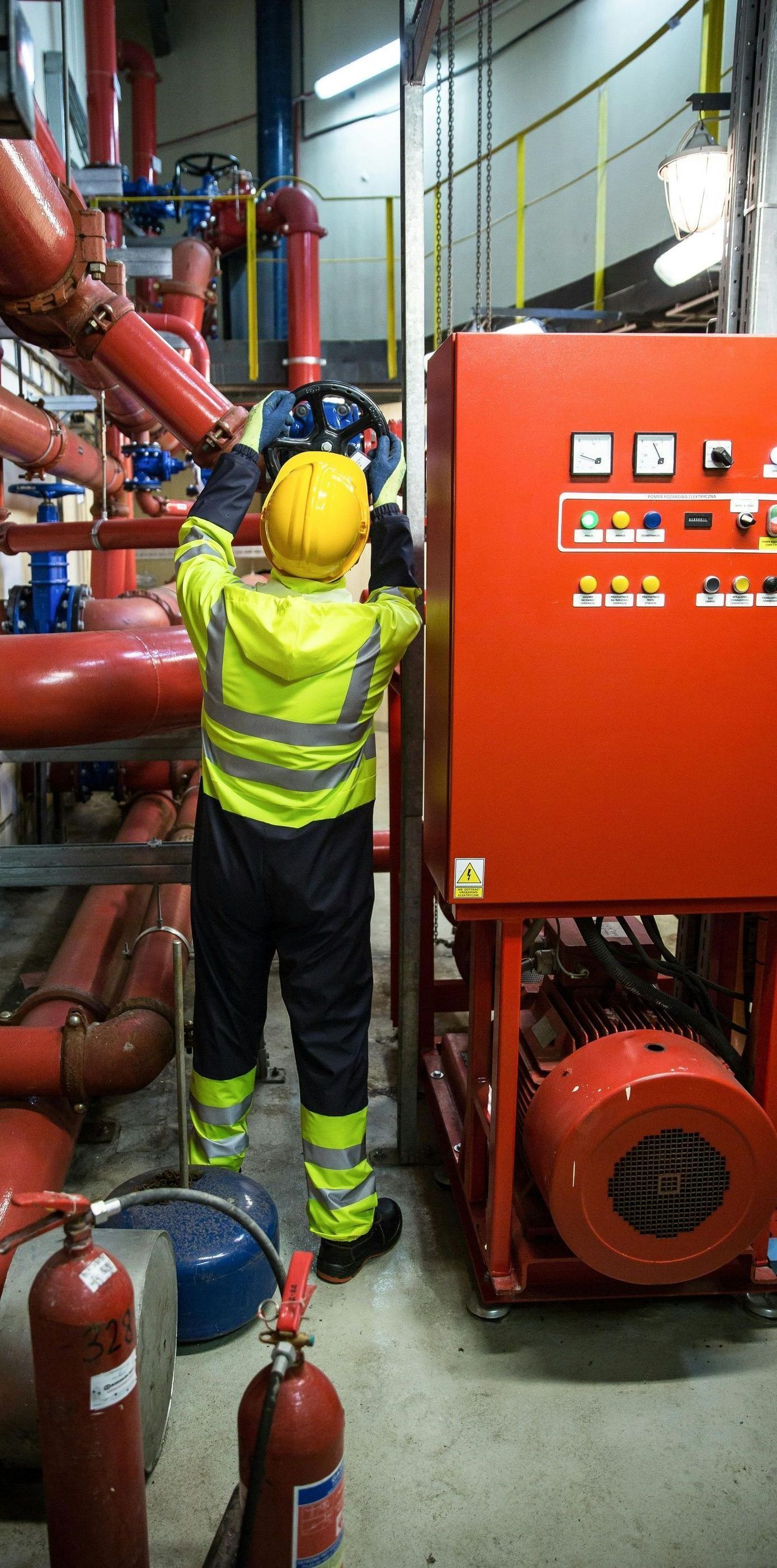

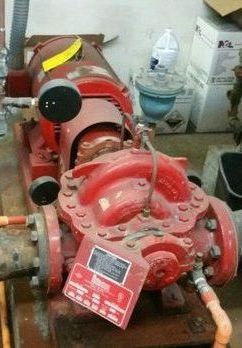
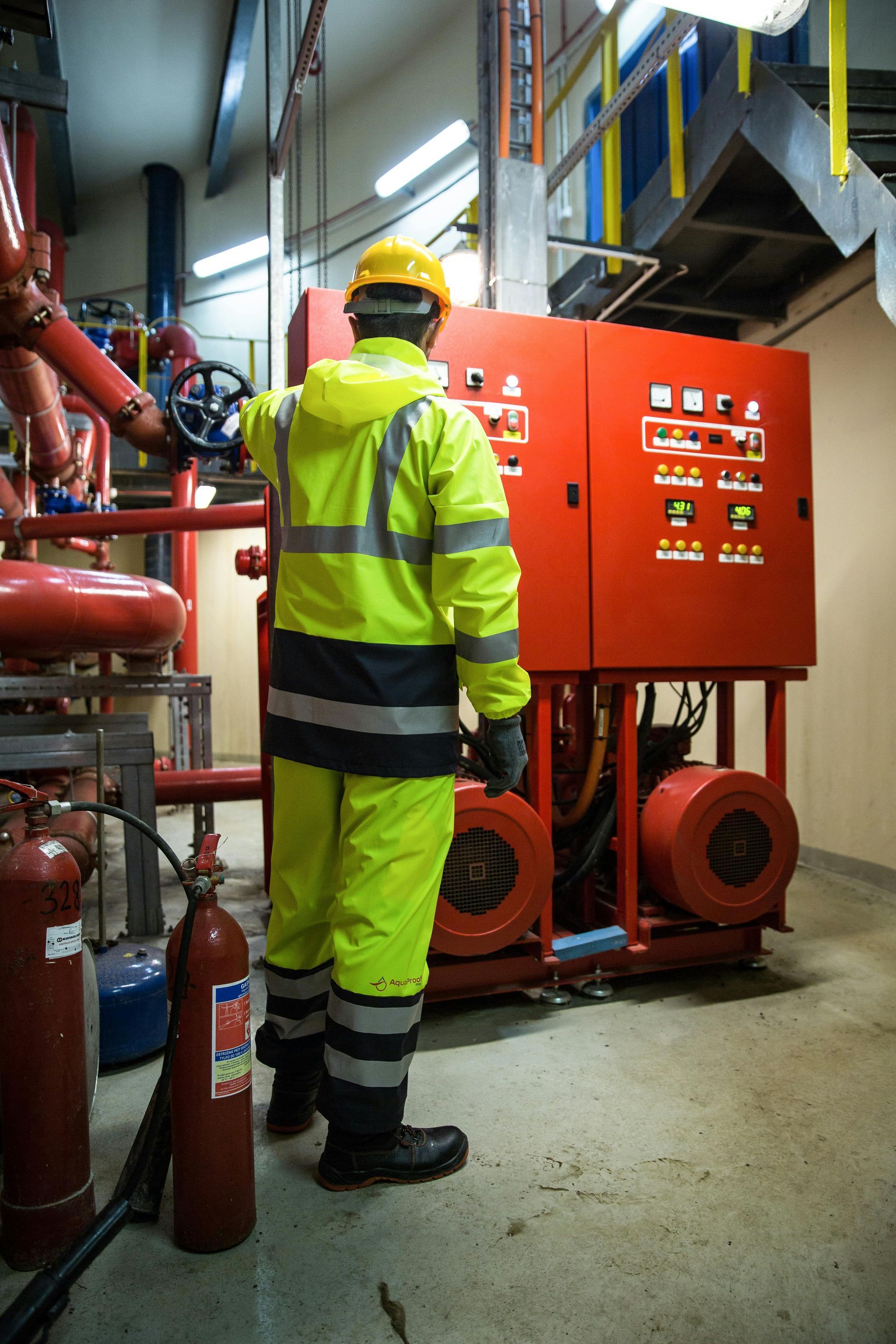
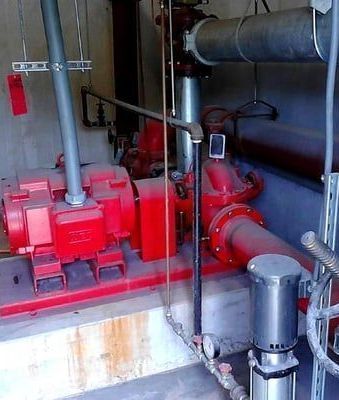
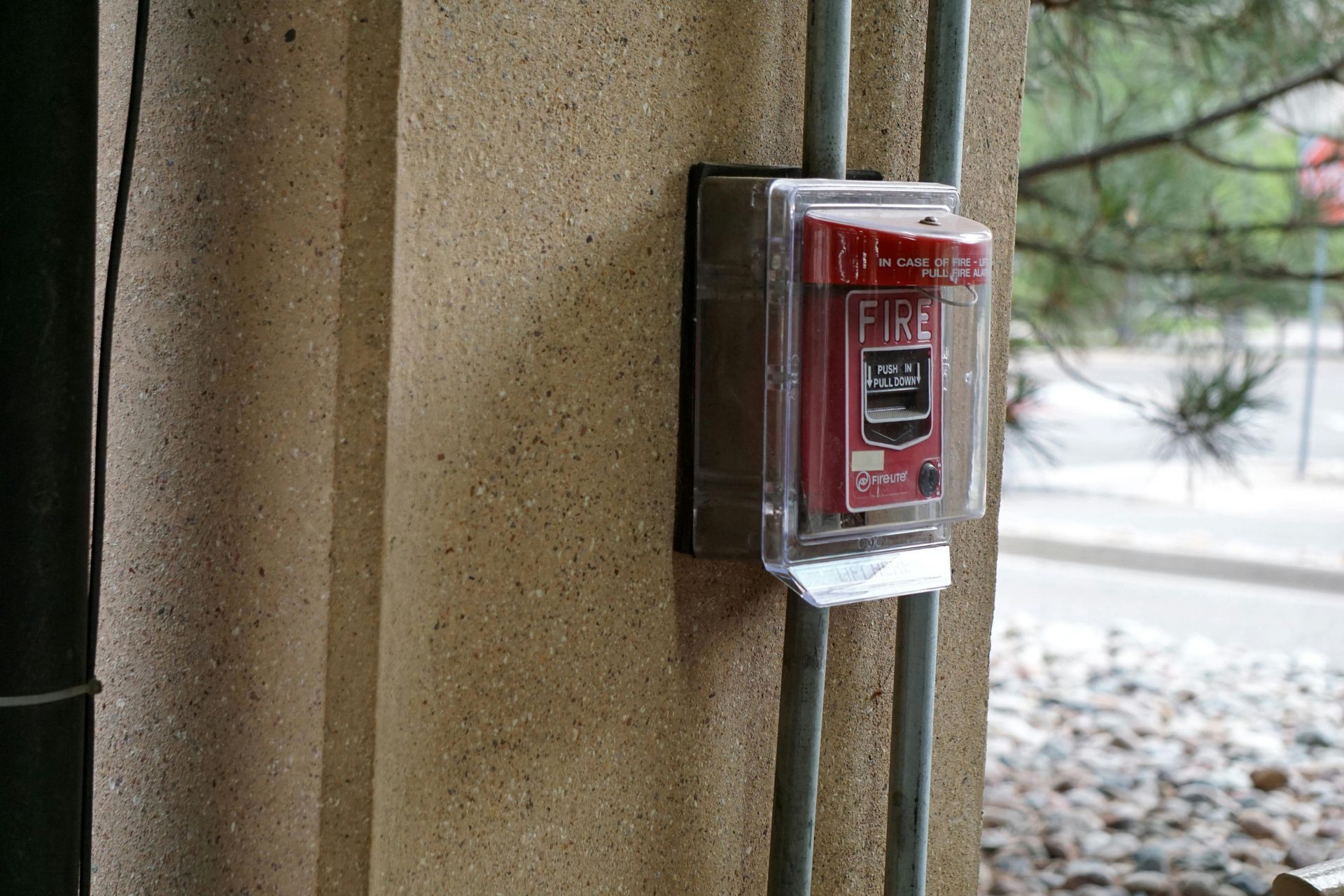
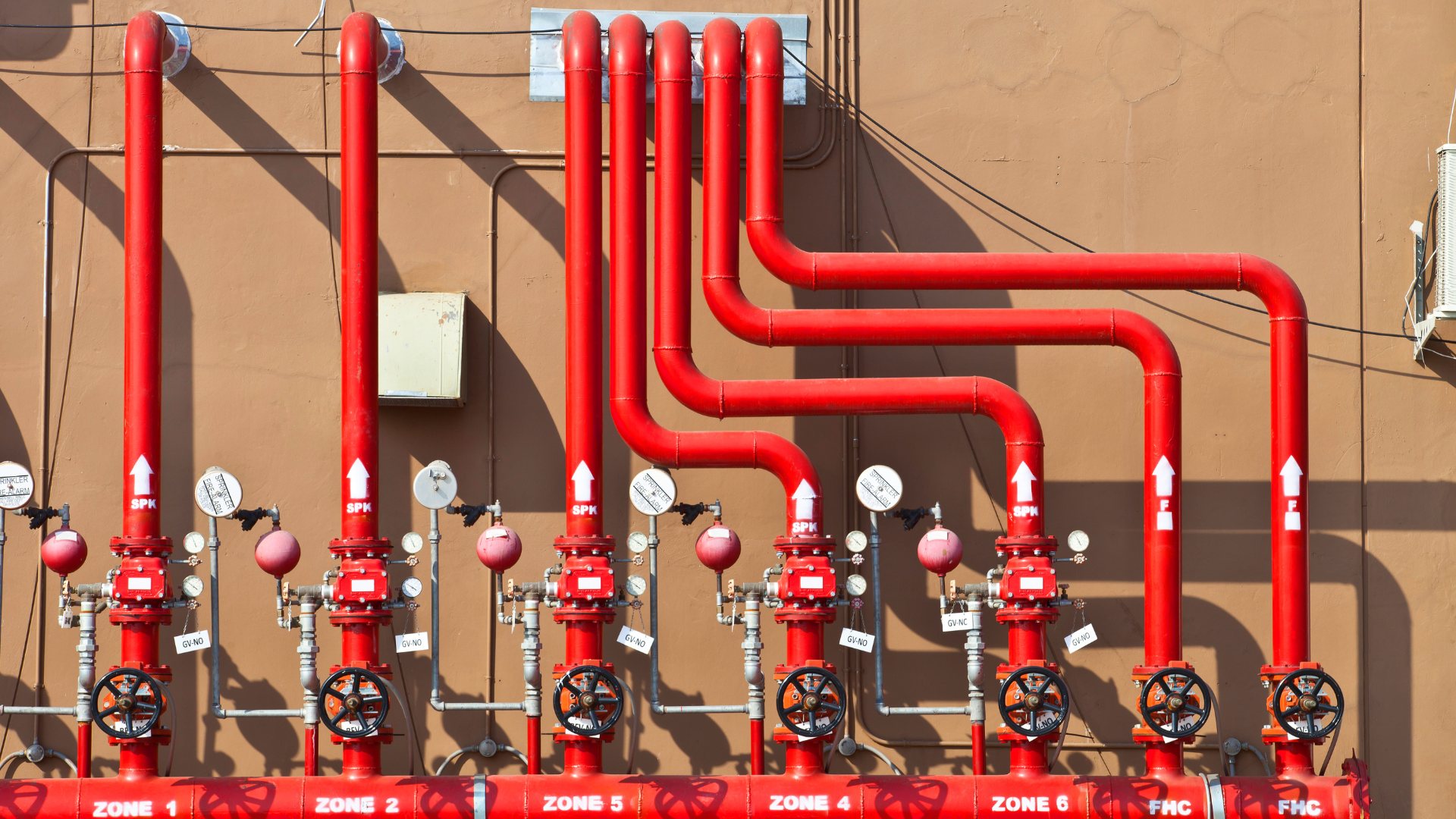


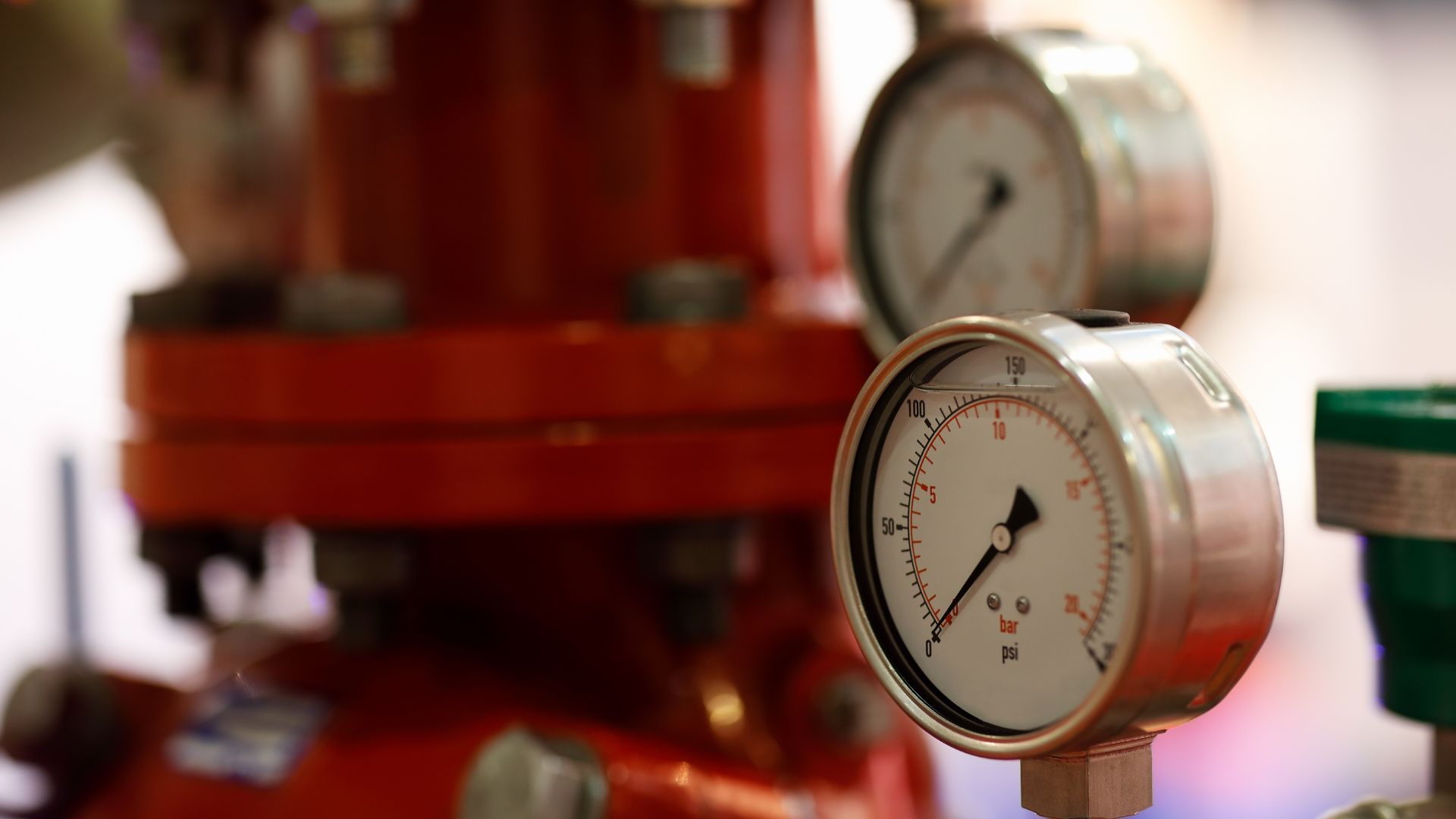

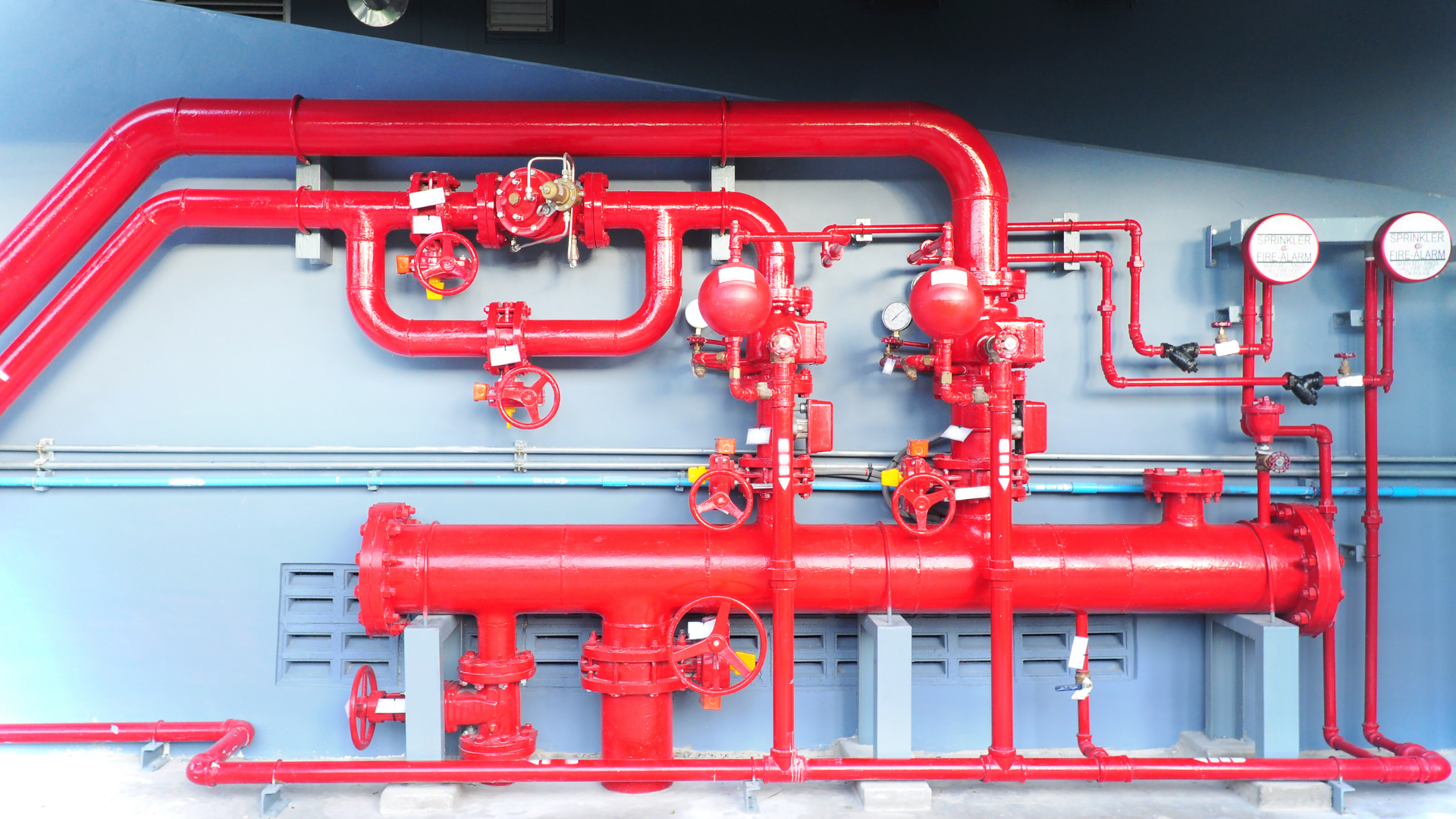

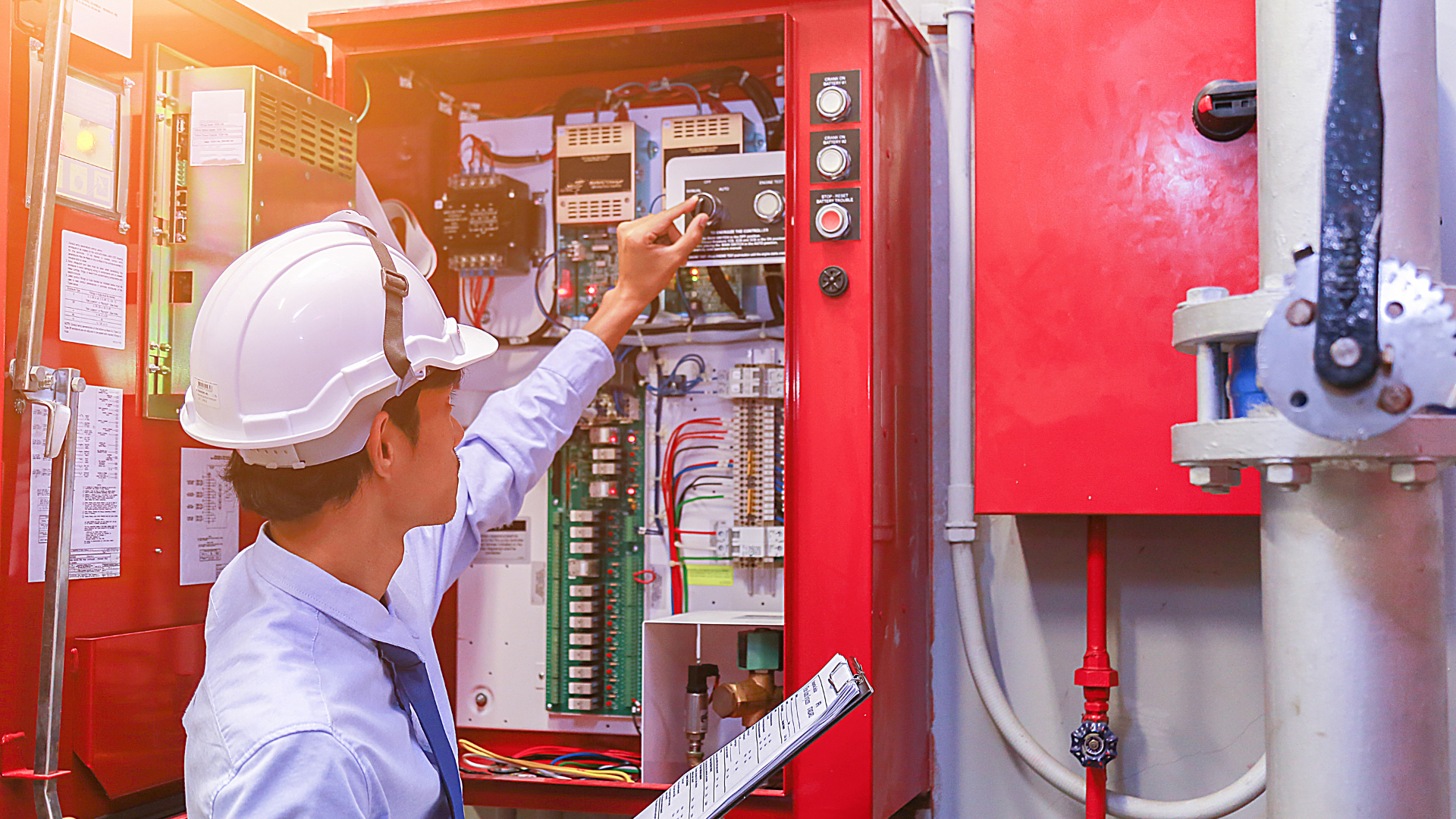
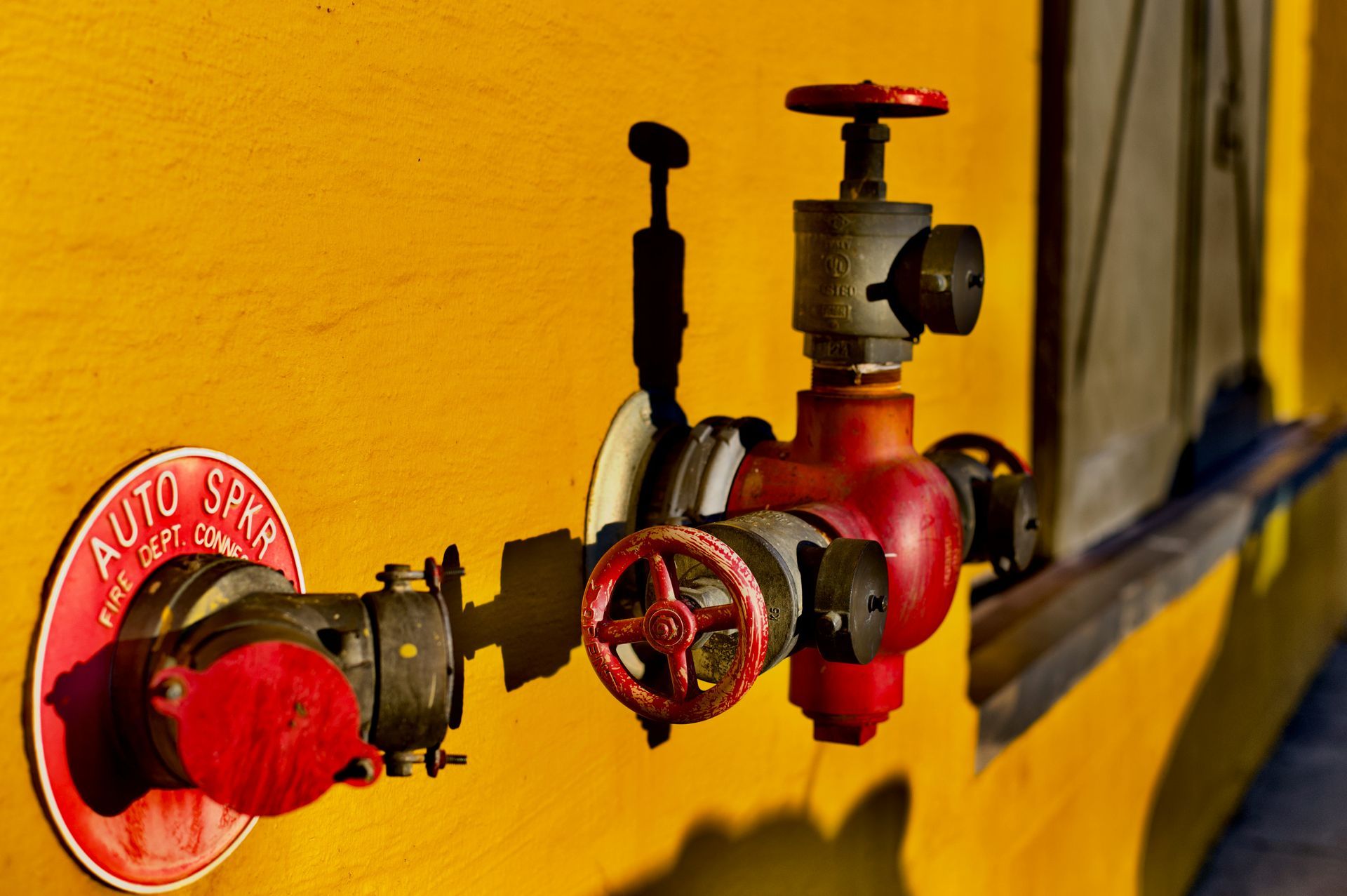
All Rights Reserved | ASAP Fire Sprinkler Protection LLC

